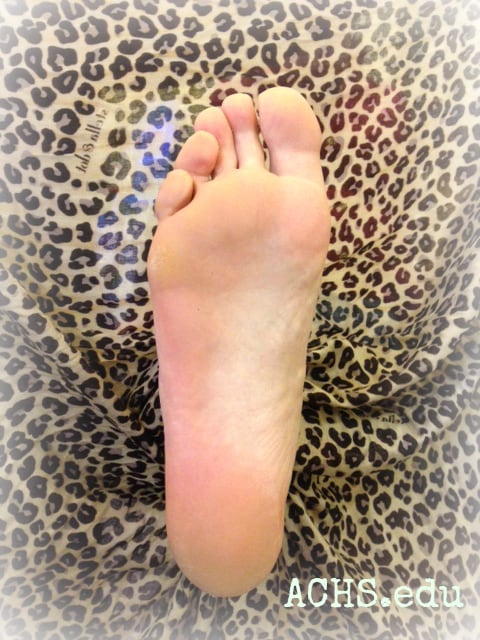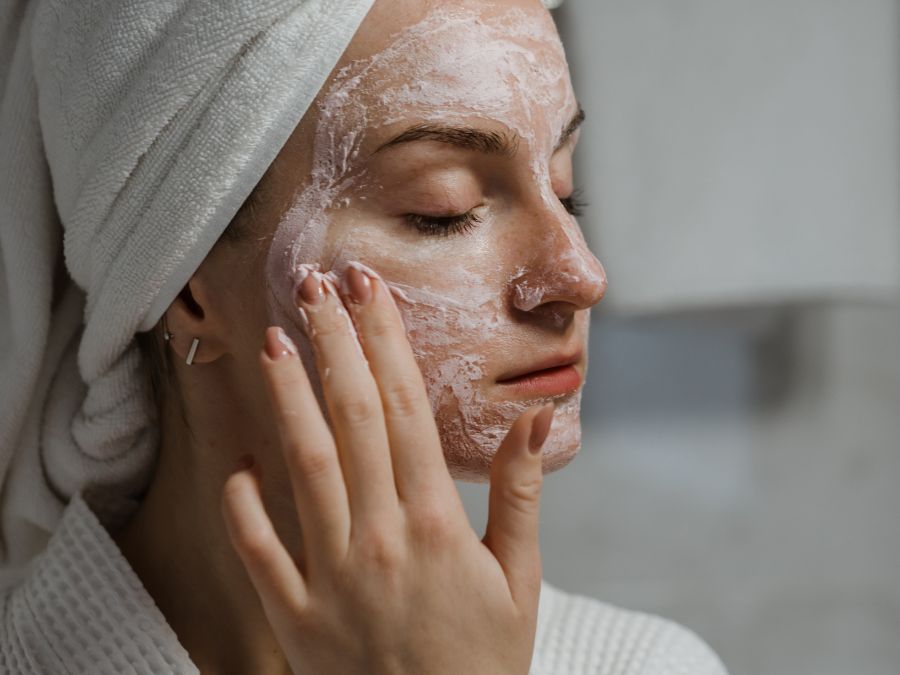Recently a student posed a question about reflexology, and why it was included as a correlate in the Aroma 101 course when “the literature on reflexology, either epidemiological or experimental does not appear to find it any better then placebo at best…”
The Curriculum Committee loves questions like this. It shows us that our students are already meeting one of our institutional learning outcomes: “Develop skills of critical analysis and reasoning”. Questions are the lifeblood of education!
(You can check out all our ILOs here: https://www.achs.edu/mission-vision-and-institutional-learning-outcomes-goals)
Why look at reflexology? In an introduction to aromatherapy class? This lecture on reflexology was added to the online class a couple of years ago as a bonus lecture, as multiple students had asked for summary of how reflexology works. We place correlates throughout multiple classes as we emphasize an integrative education method – not just integrative healthcare. Reflexology is often taught in massage programs and is used by many massage therapists and bodyworkers to apply essential oil blends for aromatherapy. While it’s outside the scope of Aroma 101 to look at reflexology in depth, we at least want students to understand the reference, even if its at a very macro level.
Here at ACHS we cover a range of complementary modalities, some of which have been studied using the western scientific method, including with double-blind peer-reviewed studies (including aromatherapy), and others which have less or even no conclusive research, such as iridology, homeopathy, and reflexology (although studies are starting to show up – see below)
However, these modalities have been used in clinical practice with good results as well as experienced personally by our faculty, advisory board, and curriculum committee members. Whether or not there is scientific “proof”, we encourage students to keep an open mind, to do their own research, to experience these modalities where appropriate, and to make up their own mind which holistic health “tools” they want to use in their personal toolbox. I’m super right brained and take the “critical” in critical thinking way too seriously, but I have seen dramatic effects of flower essences, particularly in kids and pets to discount them, despite the lack of research.
This question brings up the bigger question of research and how and why it is funded and conducted. In the Research 501 course we look in depth at the scientific method and how it is applied in the complementary alternative healthcare field and we look at these concepts throughout many of the courses. There are many reasons why certain areas are studied and others are not, which range from funding, study design, availability of raw material, to politics, among others. Plus study design can be tweaked to pretty much “prove” anything. I love this discussion of the whole fiber research trail from Harvard School of Public Health, and how changing study methods give different results. Harvard’s discussion leaves off before making the connection that most holistic nutritionists take – which is that the countries with a high fiber intake that were subject to the early observational studies tended to get their fiber from fruits and vegetables. Members of the cohort studies may have had fiber from grains and metamucil. Fruits and vegetables contain tons of antioxidants and phytochemicals long with the fiber, which may be the reason for the lower colon cancer rates. Plus, the fiber and phytochemicals could have an entire synergy going on that no amount of metamucil can replicate. (I’m not picking on metamucil by the way – just saying whole foods are usually your best best for holistic nutrition). Anyway, I’m getting sidetracked.
If we only studied areas that had been proven by the Western scientific method, we’d have a very narrow curriculum. Pushing the boundaries of the connections between so called “alternatives” and our understanding of the human body and wellness is part of evolving the practice of health and wellness. Also keep in mind that many of the theories we term “alternative” are mainstream in other countries.
I love this article about the Dalai Lama’s doctor and Tibetan medicine.
It sums up nicely not only how some theories that western medicine might consider totally “whackadoo” actually have a pathway that aligns with what we know from western medicine.
That said, research on some of these more “esoteric” modalities is starting to be conducted. Read these two interesting studies from Korea on aromatherapy self-foot reflexology and its effects on stress and fatigue and on the Effects of Foot Reflexology on Fatigue, Sleep and Pain. Here is also interesting paper on Neural correlates of a single-session massage treatment.
Ultimately each person is unique, and what works for one may not work for another. Keeping abreast of the latest research is easier for students and graduates now: For example; with tools in pubmed.com that let you set up alerts, and also with the research webinars that Natural Standard offers free to ACHS students.




